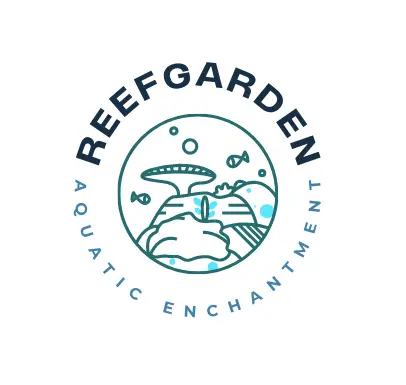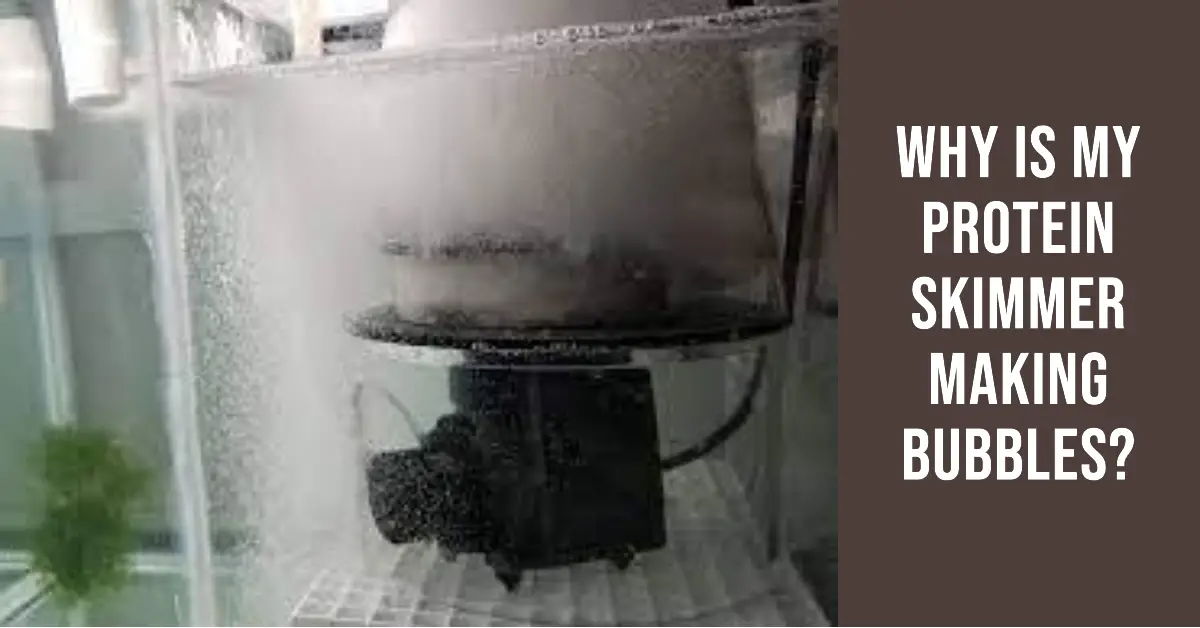Protein skimmers work by creating a large number of tiny bubbles in the water column.
These bubbles attract organic compounds, such as proteins and amino acids, which stick to the surface of the bubbles and are carried up into the skimmer’s body.
The bubbles then burst at the surface, releasing the organic compounds into the skimmer cup, where they can be removed from the system.
Bubbles play a crucial role in protein skimming because they provide a large surface area for organic compounds to attach to.
The smaller the bubbles, the greater the surface area, which is why most skimmers use a venturi to create a fine mist of bubbles.
The bubbles also create a turbulent environment in the water column, which helps break up larger organic compounds into smaller, more manageable pieces.
However, too many bubbles can be a problem. Microbubbles can escape from the skimmer and enter the display tank, where they can be unsightly and potentially harmful to sensitive corals and other invertebrates. Microbubbles can also be noisy and disrupt the peaceful environment of the aquarium.
To prevent microbubbles, it is important to ensure that the skimmer is set up correctly and operating at the correct water depth. Skimmers that are set too deep or too shallow can produce excessive amounts of microbubbles.
It is also important to clean the skimmer regularly to prevent the buildup of organic compounds and other debris, which can interfere with bubble production and lead to excess microbubbles.
Common Reasons for Excessive Bubbles
There are various causes for excessive bubbles in a protein skimmer. Understanding these factors can help you troubleshoot and fix the issue.
Here are some of the most common reasons for excessive bubbles in a protein skimmer:
Improper Installation
If the skimmer is set too deep or too low in the water, bubbles may leave the skimmer too soon, resulting in a large number of microbubbles.
On the other hand, if the skimmer is set too high, it may not be able to produce enough bubbles, leading to poor skimming performance.
To avoid this issue, always check the manufacturer’s recommendation for water depth and stick to it.
Additionally, make sure that the skimmer is properly installed and level. If necessary, adjust the water level to ensure that the skimmer is operating at the correct depth.
Incorrect Settings
If the air intake valve is set too high, it can produce an excessive number of bubbles, resulting in poor skimming performance.
However, if the air intake valve is set too low, the skimmer may not produce enough bubbles.
Adjust the air intake valve to the proper setting to resolve this issue. Set it to the manufacturer’s recommended setting at first, then adjust it as needed to achieve the desired skimming performance.
Contaminants in the Water
Water contaminants can also cause excessive bubbles in a protein skimmer. Water conditioners, bacteria mixes, oily foods, medications, frag epoxies, and other substances can alter the viscosity of the water, causing bubbles to overflow.
To avoid this problem, do not add any contaminants to the water. Use a protein skimmer overflow guard if necessary to keep the skimmer from overflowing.
Understanding the common causes of excessive bubbles in a protein skimmer allows you to quickly troubleshoot and resolve the issue.
Impact of Excessive Bubbles
When a protein skimmer generates excessive bubbles, it can create a number of issues for the aquarium. Here are a few impacts of excessive bubbles:
- Reduced efficiency: Excessive bubbles can reduce the protein skimmer’s efficiency. The bubbles can form a barrier that prevents organic waste from being removed effectively. As a result, the water in the aquarium may become cloudy, and the water quality may suffer.
- Increased noise level: Bubbles in excess can also make a lot of noise. The bubbles can be quite loud and distracting, especially if the protein skimmer is in a room where people spend a lot of time. This is especially problematic at night, when the noise level is higher.
- Increased maintenance: Excessive bubbles can also increase the amount of protein skimmer maintenance required. Bubbles can clog the skimmer, causing it to overflow. This can lead to a messe that must be cleaned up.
- Harmful to aquatic life: The same is true for aquatic life: too many bubbles can be dangerous. Turbulence in the water from the bubbles is stressful for fish and other marine life. Furthermore, the bubbles can deplete oxygen in the water, which is bad for fish and other aquatic life.
Excessive bubbles can be quite problematic for an aquarium. It can reduce the efficiency of the protein skimmer, increase the noise level, increase maintenance, and be harmful to aquatic life.
It is important to take steps to prevent excessive bubbles from occurring to ensure the health and well-being of the aquarium inhabitants.
How to Reduce Bubbles in Protein Skimmers
Adjusting the Skimmer
One of the main reasons for excessive bubbles in protein skimmers is incorrect setup or adjustment. If the skimmer is not set up properly, it can produce too many bubbles.
To reduce bubbles, first check the water level in the skimmer. If it is too high or too low, adjust it accordingly. Also, check the air intake valve and adjust it to the right level.
Another thing to consider is the water flow rate. If the flow rate is too high, it can cause excessive bubbles.
Therefore, it is recommended to adjust the flow rate to the right level. Refer to the manufacturer’s instructions for guidance on how to adjust the flow rate.
Cleaning the Skimmer
A dirty skimmer is another possible cause of the problem. Debris and other organic matter can build up in the skimmer over time, leading to an increase in bubble production. Therefore, it is essential to clean the skimmer regularly.
Before you can clean the skimmer, you must turn it off and unplug it. Then take out the receptacle and dump the contents.
The next step is to take the skimmer apart and clean the body with a soft brush and some water. Finally, reassemble the skimmer and turn it back on.
Optimizing Water Quality
The amount of bubbles produced by a protein skimmer is also susceptible to the water’s quality. High concentrations of organic matter, like fish waste and uneaten food, can lead to an increase in bubble activity. This is why guarding the purity of our water supplies is crucial.
First, avoid overcrowding the aquarium; this has been shown to have a positive effect on water quality. Too many fish in a given area can cause the water quality to deteriorate.
Do not overfeed the fish, and make sure they always have enough to eat. Finally, to prevent organic matter from multiplying out of control, water changes should be performed frequently.
Reduce bubble production in a protein skimmer by adjusting the skimmer, cleaning it regularly, and maintaining optimal water quality.
Conclusion
In conclusion, a protein skimmer’s microbubble output could be too high for a number of different reasons. First, during the initial use phase of a new skimmer or a skimmer that has not been used in a while, microbubbles may be produced.
This process can take up to two weeks. Secondly, incorrect installation, such as setting the skimmer too deep or too low in the water, can also lead to excessive microbubble production.
Microbubble problems can also be caused by not regularly cleaning the skimmer or by employing the incorrect type of pump. The accumulation of organic matter can be avoided by using a pump designed for the skimmer and by cleaning the skimmer on a regular basis.
It is also important to recognize that some skimmers are genetically predisposed to produce microbubbles. Changing the skimmer’s settings or even replacing it could be necessary in these circumstances.

